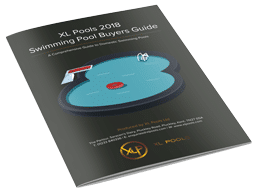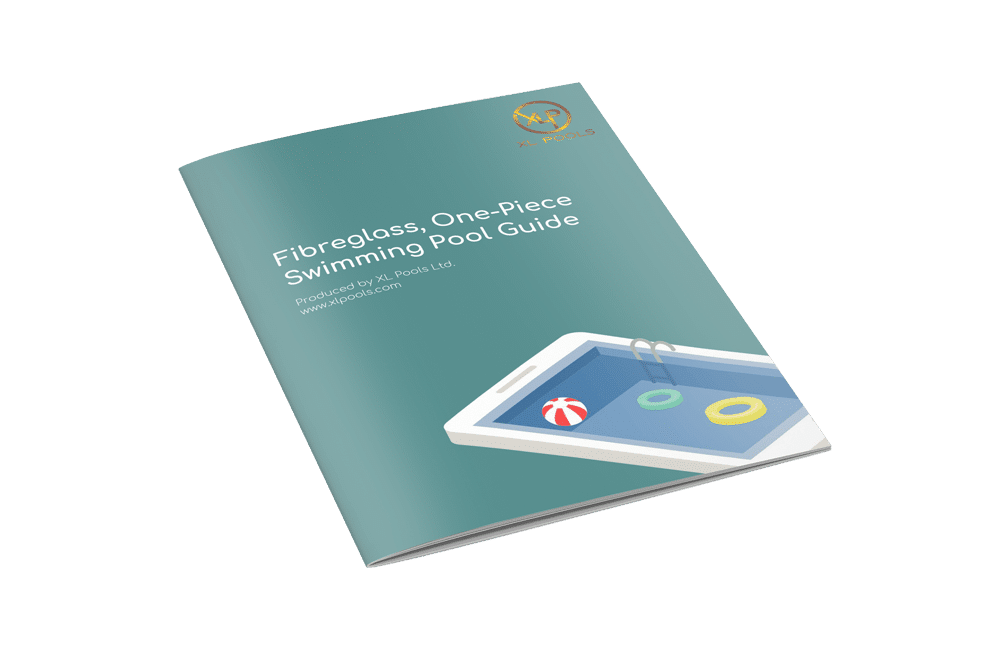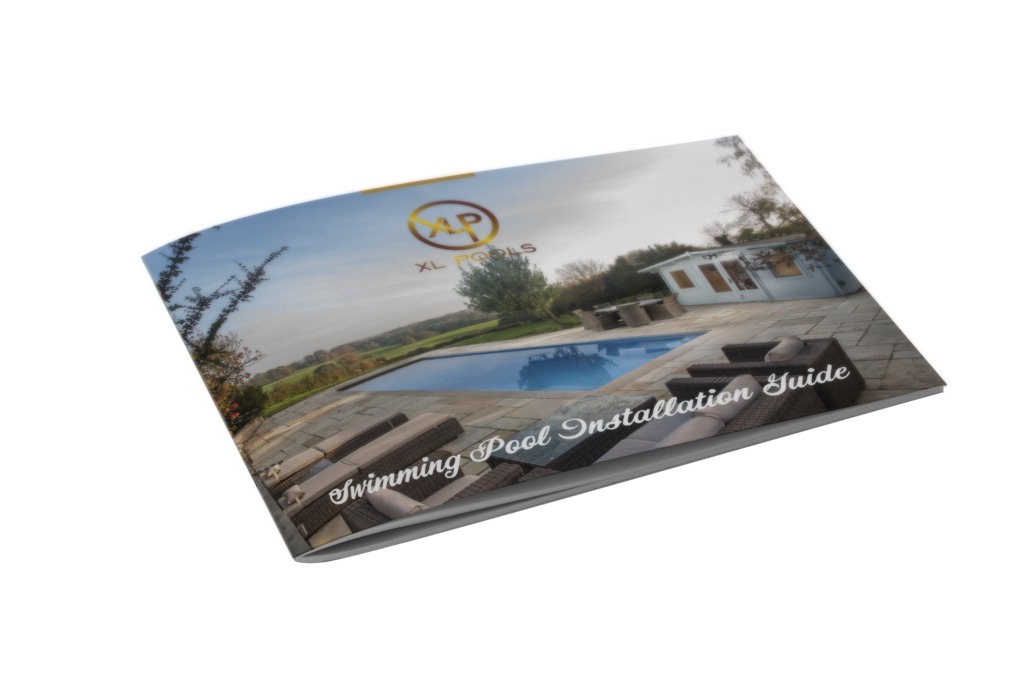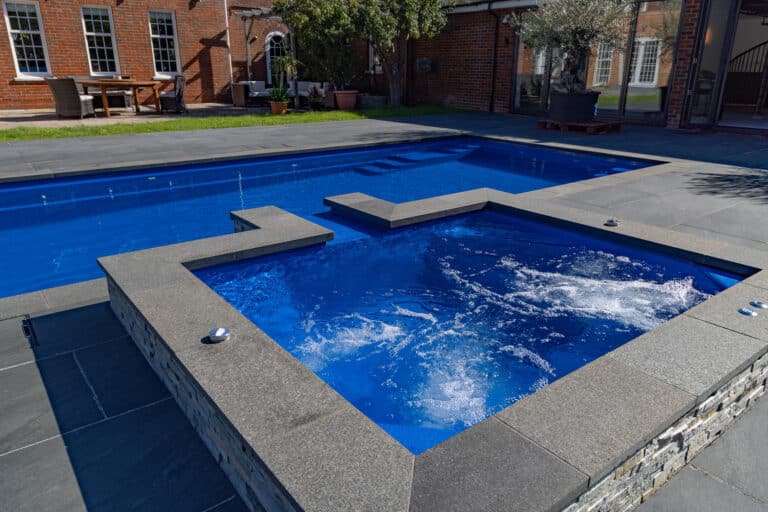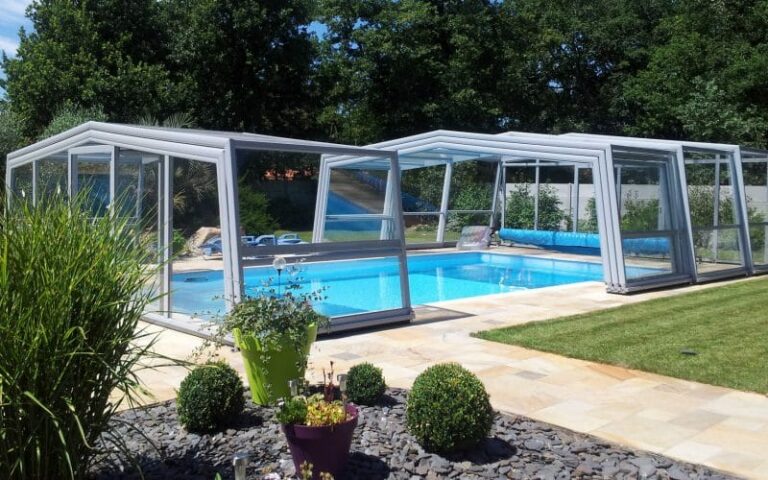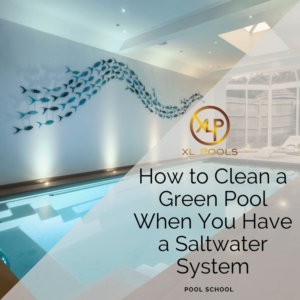 Having a saltwater generator on your pool has many benefits however the effect of sanitation will not be much different from a traditional swimming pool. The salt in the water of a saltwater pool passes a electrolysis plate which charges the chlorine particle in salt (salt is made of Sodium and chlorine) and creates a chlorine ion. In short, whether you have a traditional sanitation system or a saltwater system, you have chlorine in your pool.
Having a saltwater generator on your pool has many benefits however the effect of sanitation will not be much different from a traditional swimming pool. The salt in the water of a saltwater pool passes a electrolysis plate which charges the chlorine particle in salt (salt is made of Sodium and chlorine) and creates a chlorine ion. In short, whether you have a traditional sanitation system or a saltwater system, you have chlorine in your pool.
Many people believe that having a saltwater pool, you should not dose chemical chlorine. This is NOT true!
A “boost” or “100%” button can commonly be found on saltwater systems which will boost the production of chlorine but this should not be used as a replacement for chlorine shock. This feature on the saltwater systems will not be enough to get the chlorine level high enough to oxidise your pool. That is not to say it is useless. This feature is especially useful after a pool party or large bather load to boost the production of chlorine when the level is likely to be low.
This all said, you should still shock your pool once a week to release combined chorine through oxidisation.
Shocking a Saltwater Pool
First job you should do is do a water test. Ideally you would do a digital test or take a sample to a pool company however a test strip will suffice. Ensure your pH and alkalinity levels are correct. You pH should be around 7.4 – 7.6 and the alkalinity between 120 – 150ppm.
Before shocking your pool it is best to brush all of the walls and floor to remove as much algae as possible that is clinging to these surfaces and gives the chlorine a better chance at killing it.
Next grab a bucket and fill it with pool water. Dose your shock granules to the bucket using the dosing guide on the bucket to tell you how much powder to add. Stir the solution so that the powder is diluted and then walk round the pool pouring the contents as you go. If you have any residue powder at the bottom of the bucket then refill with water, stir and continue.
Leave your filtration running for at least 8 hours after this procedure which will allow the algae to be killed and the sand filter to do it’s job at collecting as much of this as possible.
After shocking your pool will either be a little less green or a cloudy blue.
If the pool is still green you will want to do a good backwash then repeat the process again of shocking the pool. Make sure that the pump continues to run for at least 8 hours.
If the pool is cloudy blue you can use a clarifier to speed up the clearing process and make the pool clear again.
If you have any problems with this guide you can leave a comment below or get in touch and we will be happy to help.

